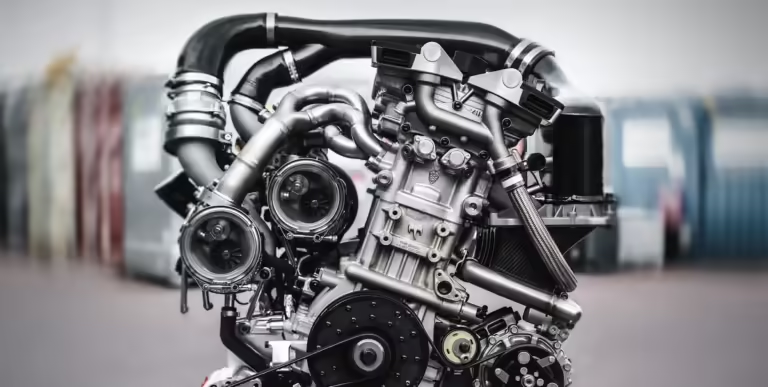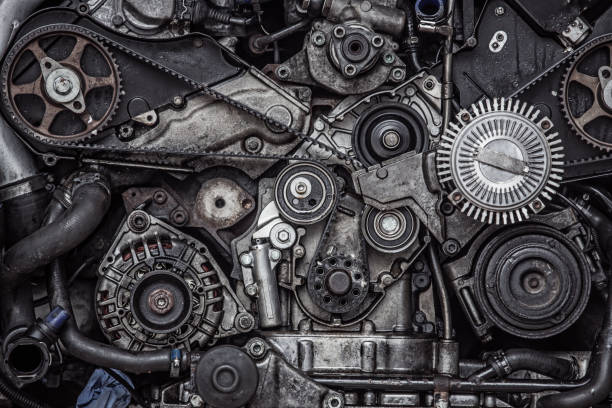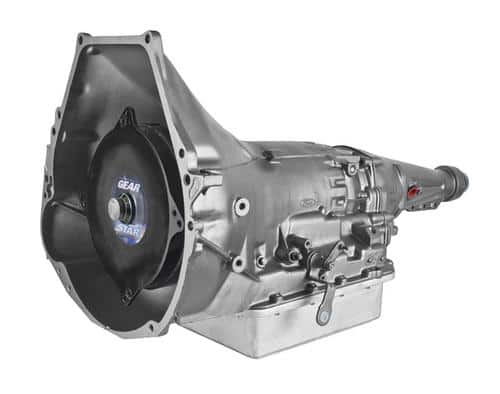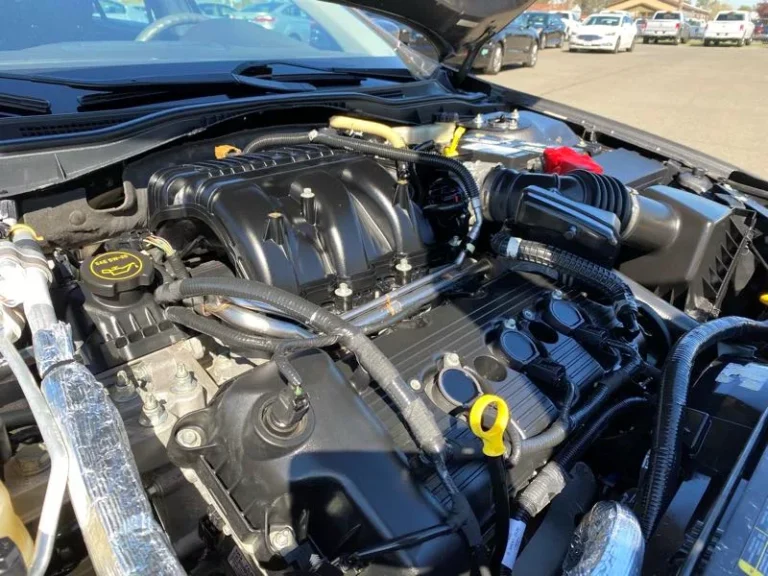How to Fix Powertrain Fault on a Ford Fusion: Check Recalls 2024!
If your Ford Fusion shows a powertrain fault, it means there’s an issue with important parts like the engine or transmission. This guide will help you identify common problems and provide simple steps to fix them. Understanding and addressing these faults can help keep your car running well and avoid bigger issues.
To fix a powertrain fault on a Ford Fusion, start by checking for leaks, inspecting the engine and transmission, and using an OBD-II scanner to read error codes. Take care of any problems you find, such low fluid levels or malfunctioning sensors. Should issues continue, speak with a qualified mechanic.
In this article we will discuse “How to Fix Powertrain Fault on a Ford Fusion”.
Table of Contents
What is a Powertrain Fault?
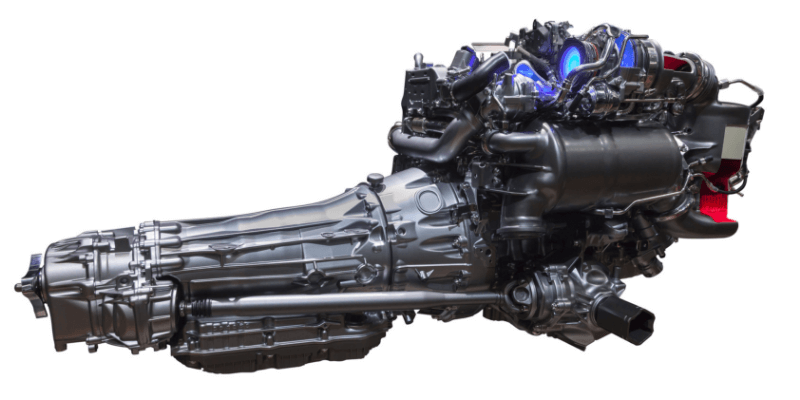
A powertrain fault is a problem with the engine, transmission, or other parts that help your car move. It can affect how well your vehicle drives and may lead to more serious issues if not fixed.
Definition of a Powertrain Fault:
A powertrain fault is a problem in the parts that make your car move, like the engine, transmission, and driveshaft. It can cause issues with how your vehicle drives or runs. Fixing
These faults usually involve checking and repairing these key components to keep the car working properly.
Common Causes:
Common causes of powertrain faults include worn-out parts, fluid leaks, and faulty sensors. Issues like a damaged transmission, low engine oil, or a broken driveshaft can also lead to problems. Regular maintenance helps prevent these issues and keeps your vehicle running smoothly.
Impact on Vehicle:
A powertrain fault can severely affect your vehicle’s performance. It might cause poor acceleration, rough shifting, or strange noises. If not fixed, it can lead to safety issues and costly repairs. Keeping your car operating smoothly and safely is facilitated by timely repairs and routine maintenance.
Common Symptoms of Powertrain Issues:
Common symptoms of powertrain issues include unusual noises like grinding or whining, poor acceleration, rough shifting, or warning lights on the dashboard. You might also notice vibrations or slipping while driving. These signs indicate a problem with the engine, transmission, or drivetrain.
Unusual Noises:
Unusual noises like grinding, clunking, or whining from the engine or transmission can signal powertrain issues. These sounds often indicate problems with gears, bearings, or other components. Deal with these sounds right now to avoid more harm.
Shifting Problems:.
Shifting problems occur when it’s hard to change gears or the vehicle hesitates. This can be due to issues with the transmission or clutch. Regular maintenance and timely repairs can help fix these problems.
Vibration and Shaking:
Vibration and shaking while driving can signal powertrain issues, such as problems with the driveshaft or engine mounts. If you feel unusual vibrations, it’s important to get your vehicle checked to avoid further damage.
Warning Lights:
Warning lights on your dashboard, such as the check engine light or transmission light, indicate potential powertrain problems. If these lights turn on, have your vehicle inspected by a professional to address any issues before they worsen.
Understanding the Powertrain System
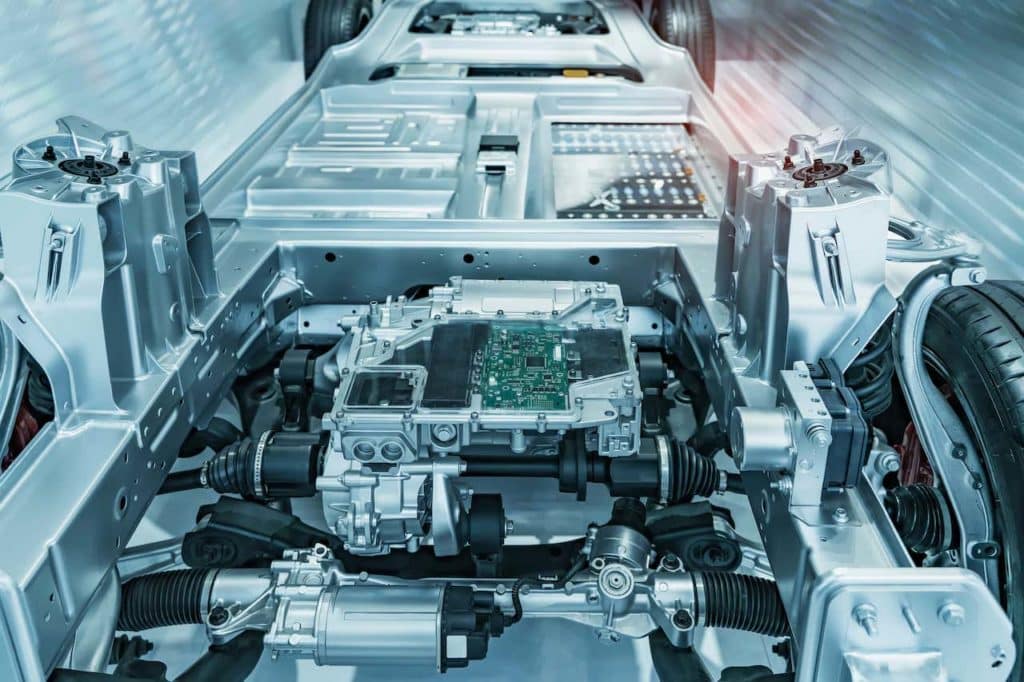
Components of the Powertrain:
The powertrain includes several key parts: the engine, which generates power; the transmission, which shifts gears; and the drivetrain, which delivers power to the wheels. These components work together to make your car move and function properly.
How the Powertrain Functions:
The engine, transmission, and drivetrain are all combined to form the powertrain .The engine creates power, which the transmission then controls and directs. Your automobile moves because the drivetrain transfers this power to the wheels. Each part must work together smoothly for the vehicle to run efficiently.
Diagnosing the Powertrain Fault
Using an OBD-II Scanner:
Using an OBD-II scanner involves connecting the device to your car’s diagnostic port. The scanner reads error codes from the car’s computer, helping you identify issues with the engine, transmission, or other systems. These codes can guide you in diagnosing and fixing problems.
Interpreting Error Codes:
Interpreting error codes involves reading the codes from an OBD-II scanner and matching them to a reference guide. Each code indicates a specific problem, such as issues with sensors or the transmission. Understanding these codes helps you pinpoint and fix the car’s issues effectively.
Common Causes of Powertrain Faults:
Common causes of powertrain faults include low or leaking transmission fluid, faulty sensors, engine misfires, and worn drivetrain components. These issues can lead to poor performance, strange noises, or warning lights, affecting how well your car runs.
Steps to Fix the Powertrain Fault
Check for Transmission Fluid Leaks:
To check for transmission fluid leaks, look under your car for red or brown spots on the ground. Check the transmission fluid level and top it up if it’s low. Inspect the transmission pan and lines for any signs of leakage or damage. Fixing leaks quickly can prevent further issues.

Inspect the Engine for Issues:
Check the engine for problems by looking at key parts such as oil levels, belts, and hoses. Keep an ear out for strange noises and inspect for leaks. Regular inspections help catch issues early and keep your vehicle running smoothly.
Examine the Drivetrain Components:
Inspect the drivetrain parts like the transmission, driveshaft, and differential. Check for wear, damage, or leaks. Ensure these components are securely attached and working properly to avoid driving issues and maintain smooth operation. Regular checks can prevent major problems and ensure safety.
Test the Powertrain Control Module (PCM):
Test the Powertrain Control Module (PCM) by using a diagnostic scanner to check for error codes. Ensure it is communicating correctly with the engine and transmission. Proper testing helps find and fix issues with vehicle performance and fuel efficiency. Regular checks keep the system functioning well.
DIY Fixes for Common Issues
Replacing a Faulty Sensor:
To replace a faulty sensor, first disconnect the battery. Remove the old sensor by unscrewing it, then install the new one in its place. Check to see if the problem has been fixed by reconnecting the battery. Accurate sensor readings and seamless operation are ensured by proper installation.
Addressing Transmission Fluid Problems:
To fix transmission fluid issues, first check the fluid level and color. Replace or top up if it’s low or unclean. Also, look for leaks and fix any damaged seals or lines. Regular maintenance ensures smooth shifting and protects the transmission.
Repairing Minor Engine Issues:
To repair minor engine issues, first identify the problem, such as a rough idle or poor performance. Check spark plugs, air filters, and fuel lines. Make sure all connections are snug and replace any damaged parts. Frequent upkeep keeps the engine operating smoothly and effectively.
When to Seek Professional Help
Signs That Indicate a Need for Professional Repair:
Signs you need professional repair include strange noises, warning lights on the dashboard, and noticeable drops in performance. If the vehicle shakes or vibrates unusually, or if you smell burning, seek expert help. These issues can signal serious problems that need skilled attention.
Choosing a Reliable Mechanic or Service Center:
To choose a reliable mechanic or service center, check for good reviews and ask for recommendations. Ensure they have proper certifications and offer clear pricing. A trustworthy shop will communicate openly and provide quality work. It’s important to feel confident in their expertise and service.
Preventive Maintenance Tips
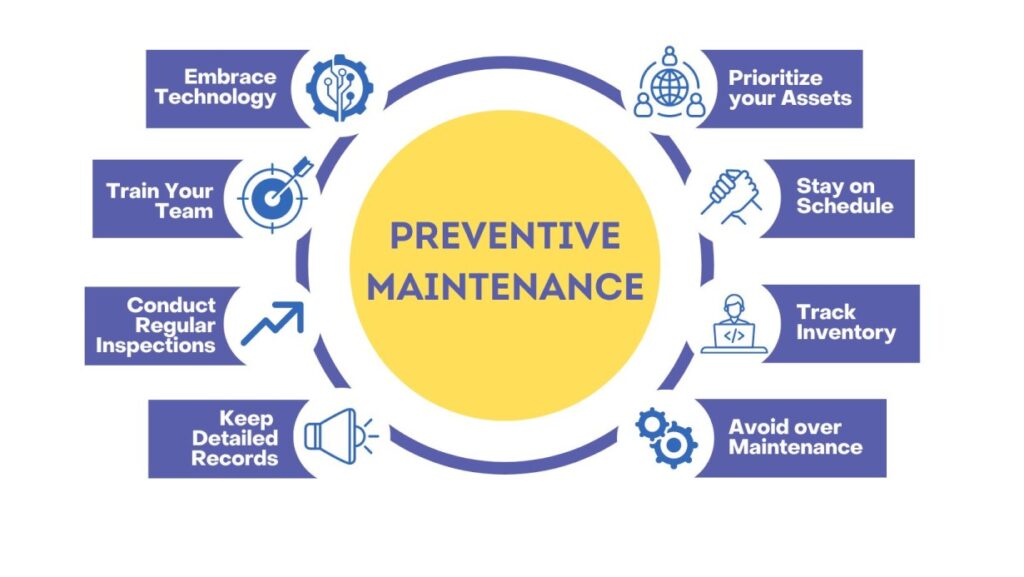
Regular Check-ups:
Regular check-ups involve routine inspections of your vehicle’s key systems, like the engine, brakes, and tires.They assist in identifying minor concerns before they grow into major ones. Staying on top of these checks ensures your vehicle runs safely and efficiently over time.
Routine Fluid Changes:
Routine fluid changes involve replacing essential fluids like engine oil, coolant, and transmission fluid at regular intervals. This helps keep the engine and other parts running smoothly. Regularly changing fluids prevents damage, improves performance, and extends the life of your vehicle.
Monitoring Dashboard Alerts:
Monitoring dashboard alerts means paying attention to warning lights and messages that appear on your vehicle’s dashboard. These alerts can signal issues like low oil, overheating, or brake problems. Addressing these warnings promptly helps prevent serious damage and ensures your vehicle remains safe and reliable. Check these alerts frequently and reply to them.
FAQs
What is the average cost of fixing a powertrain fault?
The average cost to fix a powertrain fault ranges from $500 to $2,500. The cost is determined by the particular problem as well as the brand and model of the car. Always get a detailed estimate before starting repairs.
Can a powertrain fault cause long-term damage to my vehicle?
Yes, a powertrain fault can cause long-term damage if not fixed promptly. It can lead to serious issues with the engine, transmission, or other key parts, affecting overall vehicle performance.
How often should I have my powertrain inspected?
As advised by your car’s handbook, you should have your powertrain evaluated every 30,000 to 60,000 miles. Frequent maintenance keeps your vehicle operating safely and smoothly.
Are there any warning signs before a powertrain fault occurs?
Yes, warning signs of a powertrain fault include unusual noises, vibrations, trouble shifting gears, and warning lights on your dashboard. To prevent more serious difficulties, take quick action to address these ones.
How can I prevent powertrain faults in the future?
To prevent powertrain faults, follow your vehicle’s maintenance schedule, check fluid levels regularly, and address any unusual noises or issues promptly. Regular servicing helps keep your powertrain in good shape.
Conclusion
In conclusion, addressing powertrain faults promptly is crucial for maintaining your Ford Fusion’s performance and safety. Regular inspections, timely repairs, and routine maintenance can prevent these issues from becoming serious problems. By staying attentive to warning signs and following proper care guidelines, you can ensure your vehicle runs smoothly and avoid costly repairs in the future.
